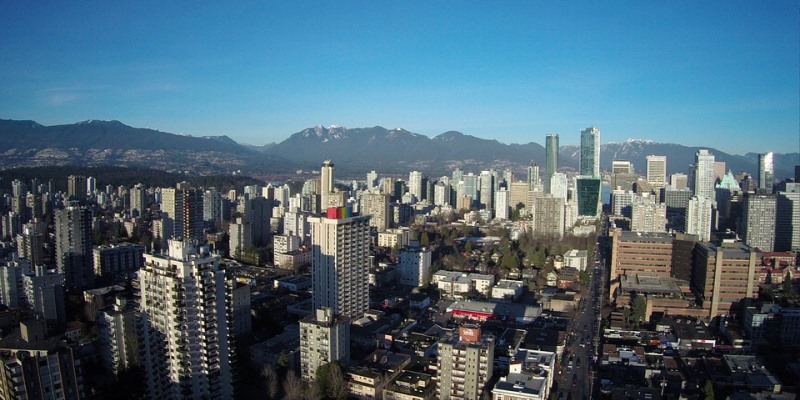Horgan government rent-capping will likely hurt renters in the long run

In its latest move on the housing front, the Horgan government this week pegged annual rent increases to inflation (estimated at 2.5 per cent in 2019), citing affordability concerns in Metro Vancouver and beyond.
Indeed average rents in British Columbia were the highest of any province in 2017, according to the Canada Mortgage and Housing Corporation (CMHC). So there’s a real problem, and Victoria wants to address it. Unfortunately, the government’s actions will do little to solve B.C.’s rental woes. In fact, it will likely make them worse.
To be clear, the government’s intentions (more affordable rents) are laudable, but its decision to lower maximum allowable rent increases treats the symptom, not the cause. High rents (relative to incomes) are a product of a severe lack of rental vacancies. B.C.’s provincewide rental vacancy rate hovers just above 1 per cent (it’s even lower in Metro Vancouver). By contrast, the rental vacancy rate is 7.5 per cent in Alberta and 3.4 per cent in Quebec.
Consequently, many would-be renters compete for the few available units, bidding up rents in the process.
So, one might ask, why aren’t there more units available? This is the key question—one which governments don’t appear to be asking. But there’s a growing body of evidence on new rental developments that suggests they aren’t worth building, from a purely financial perspective. For example, a report commissioned by the CMHC examines the economics of purpose-built rental housing development in six of Canada’s largest housing markets (including Vancouver). It finds that in the vast majority of development scenarios (ranging from basic to high-end projects), financial returns are either negative or negligible, giving builders little reason to build new rental housing.
Underlying these poor returns are the high costs of land, taxes (both local and provincial) and construction, relative to the earning potential offered by rental income. In short, it simply doesn’t make financial sense to build new rental units, especially when earnings are capped by stringent rent controls like in B.C.
Consider the situation in Ontario. After the Wynne government doubled down on rent controls last year, 1,000 rental units under construction across the Greater Toronto Area were converted to condominiums. Here in B.C., rental homebuilders now face similar decisions, with some already halting plans to build purpose-built rental housing in favour of more profitable condominium development. Crucially, a far greater (though less visible) impact plays out in the long run, as future projects exclude rental units altogether.
So if the business case for building much-needed rental housing doesn’t make sense, what can governments—both local and provincial—do?
For starters, city hall can reduce the per-unit cost of building new apartments on expensive lots by zoning for greater density. Every additional floor allowed on an apartment building generates greater returns relative to the high cost of buying land in cities such as Vancouver. Local governments can also reduce onerous or ad hoc fees such as the “Community Amenity Contributions” most new housing developments in Vancouver trigger. And, of course, the B.C. government can lift the rent controls it just imposed.
Of course, lifting rent controls will almost certainly raise rents on some units. However, by allowing the construction of new units, the vacancy rate will eventually fall, making older more affordable units available as higher-income renters stop competing for them. Only once this natural process of building and ageing (called filtering, in land-use parlance) takes course will B.C.’s tightest rental markets truly become affordable to middle and lower-income earners.
To recap, the Horgan government’s decision to further cap rental increases is well intentioned, but does nothing to meaningfully address the province’s woefully slim rental vacancy rate. By reducing the burden on rental construction, government can help make B.C. a far better place for renters.

